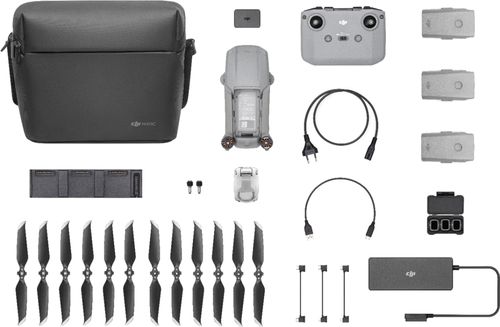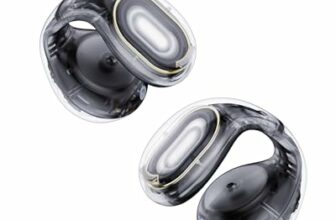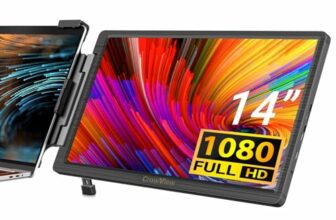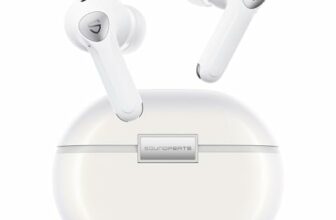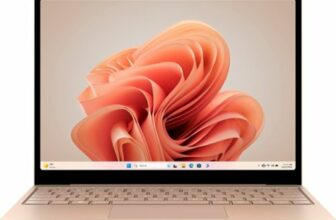Setup
The unboxing process was a little confusing as the included “Quick Start” guide reminded me of sparse IKEA instructions. Part of the issue was finding all the parts: some were hidden in the shoulder bag (be sure to check the not-so-obvious pocket underneath the top of the bag for the cables) and the various black cardboard boxes. There is an unboxing video available on DJI’s website as well.
Remote Controller
As a previous owner of the DJI Spark, I’m really enjoying the improved controller on the Mavic Air 2. The antennae is built into the phone cradle, so you’re automatically extending the antennae when you put your phone in. Your phone also connects via a cable on this controller (Lightning is installed by default; the Micro USB and USB-C cables are in that hidden pocket of the shoulder bag). This leads to a much more stable connection and a much quicker setup time as you don’t need to mess with your phone’s WiFi settings to connect to the controller. Please note that there is no option to connect your phone directly to the Mavic Air 2 (you need the remote controller as a go-between).
With my DJI Spark, I would receive a “signal interference” message more often than I liked, even in rural areas away from other WiFi and Bluetooth signals. I have yet to receive this message on the Mavic Air 2 and I’ve noticed that the live video feed is a lot smoother.
The controller is heavier than the DJI Spark’s controller, but is still comfortable to hold. The controller also has an option to charge your phone, but it is off by default and must be enabled each time you fly (I hope this is a bug). In the app, tap the Settings option and you’ll find the charging option under “Controller”. Otherwise, I find my phone battery drains very fast.
Performance
Compared to the DJI Spark, the Mavic Air 2 moves a lot faster, even in Normal mode. If you’ve used the DJI Spark in the past, you’ll want to be cautious you don’t go too fast.
While the Spark had a forward-facing sensor to prevent it from flying forward into an obstacle, the Mavic Air 2 also has sensors behind and underneath (but it could still collide with an object on either side or above it, so it’s not completely collision-proof).
The Mavic Air 2 is very stable when hovering and I have not noticed any drifting. Of course, the outdoor wind speeds will greatly affect this, but the Mavic Air 2 seems to contend with light breezes very well.
Camera
The DJI Spark features a 12MP camera and can record 1080p 30FPS video. The Mavic Air 2 can capture up to 48MP and can capture 4K video up to 60 FPS. The Mavic Air 2 also had a 3-axis gimbal for smoother images stabilization compared to the Spark’s 2-axis gimbal.
The image quality is amazing and I’ve been very pleased with the results. There are also some lens filters included for shooting in bright situations, such as sunrises or snowy landscapes on a sunny day. The “Smart” photo settings also does a great job of creating HDR photos that would have previously required the use of shooting multiple photos in AEB mode and performing the HDR effect in a separate photo editing program.
Like the DJI Spark, it is somewhat confusing to figure out where to retrieve your images and videos. To get the highest quality images and videos, you need to pull the files off of your memory card (please note that a memory card is not included in the Fly More package). Yet, the memory card only has the raw footage of the Quick Shot videos and other special effects like panoramas. To get the stylized Quick Shot videos and special photos, you must render them in the app and save it to your phone’s album. To add to the confusion, the app stores low quality “preview images” by default, and you must specifically go into the app’s “album” feature *while the drone is still powered on* in order to download the HD quality videos and images to your phone and to render the fancy photos and video features.
Battery
There are 3 batteries total in the DJI Mavic Air 2’s Fly More package. Each battery can get you up to 34 minutes of fly time, little more than double the 16 minute flight time of the DJI Spark. The charger works a little differently than on the Spark: each Mavic Air 2 battery charges one-at-a-time (starting with the battery with the largest amount of existing charge) instead of simultaneously.

